PPT-Copyright Laws What They Mean To You
Author : lois-ondreau | Published Date : 2018-03-09
By Kathy Edmondson NBCT Media Specialist Copyright Copyright is a property right granted to authors Copyrighted work is any tangible medium of expression which can
Presentation Embed Code
Download Presentation
Download Presentation The PPT/PDF document "Copyright Laws What They Mean To You" is the property of its rightful owner. Permission is granted to download and print the materials on this website for personal, non-commercial use only, and to display it on your personal computer provided you do not modify the materials and that you retain all copyright notices contained in the materials. By downloading content from our website, you accept the terms of this agreement.
Copyright Laws What They Mean To You: Transcript
Download Rules Of Document
"Copyright Laws What They Mean To You"The content belongs to its owner. You may download and print it for personal use, without modification, and keep all copyright notices. By downloading, you agree to these terms.
Related Documents

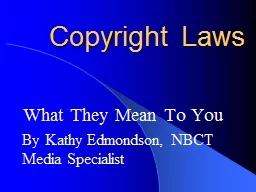
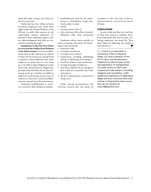
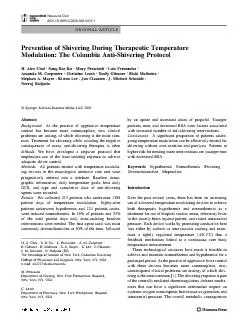
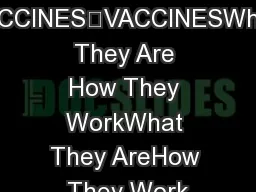
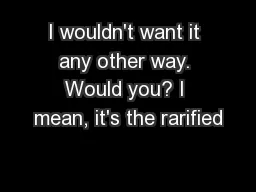
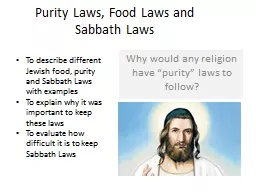
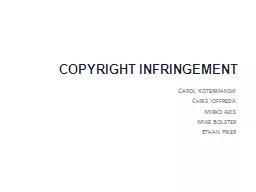
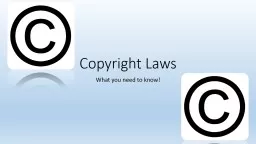
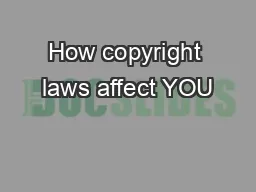
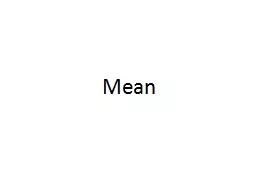
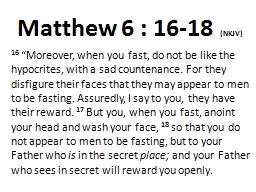
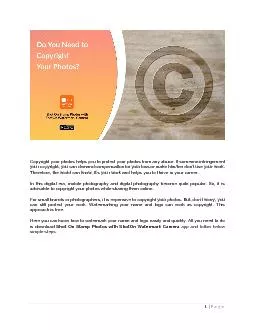
![[READ] - The Common Core Mathematics Companion: The Standards Decoded, Grades 6-8: What](https://thumbs.docslides.com/901027/read-the-common-core-mathematics-companion-the-standards-decoded-grades-6-8-what-they-say-what-they-mean-how-to-teach-them.jpg)
![[DOWNLOAD] - The Common Core Mathematics Companion: The Standards Decoded, Grades K-2:](https://thumbs.docslides.com/901838/download-the-common-core-mathematics-companion-the-standards-decoded-grades-k-2-what-they-say-what-they-mean-how-to-teach-them.jpg)